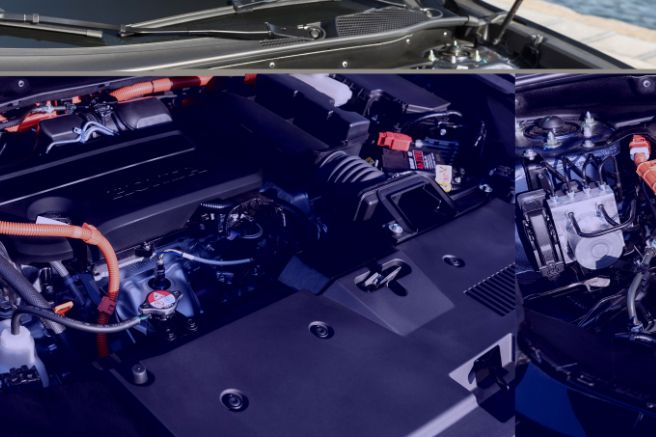At Bauma 2025 in Munich, John Deere Power Systems (JDPS) clearly laid out its vision for the future of propulsion in off-highway machinery. A future in which internal combustion engines—particularly diesel—will continue to play a central role, complemented by increasingly compact and efficient electrified solutions and batteries

One of the most anticipated innovations unveiled by John Deere at Bauma 2025 was the new “JD4” engine—a four-cylinder power unit designed from scratch, marking a radical evolution from the previous cam-in-block engine that had been in service for over two decades. The JD4 features an overhead camshaft (OHC) design and a high-pressure fuel injection system engineered to deliver high volumetric and thermal efficiency within an extremely compact architecture.
Developed for OEM machines in both construction and agriculture, the JD4 stands out for its architectural versatility. It was conceived to accommodate future emissions-reducing technologies without requiring a complete redesign of the engine block. In development since 2022, the JD4 is currently undergoing an intensive durability testing campaign across dozens of vehicles in extreme conditions of temperature, vibration, and load, with the goal of ensuring the robustness required for heavy-duty lifecycle applications.
The new engine is not only more efficient and compact than its predecessor, but also more flexible from an energy standpoint. With the appropriate modifications, it can be configured to run on spark-ignited fuels such as gas and hydrogen—demonstrating its adaptability to the regulatory and infrastructure contexts of various global markets.

John Deere has also significantly increased the number of auxiliary outputs on the engine—from one to three—to meet growing demands for auxiliary power in increasingly electrified vehicles. This is a clear sign of JDPS’s intent to support both mild and full hybrid architectures, where power management can be distributed between the engine and onboard electronics.
Another notable mechanical feature is the introduction of hydraulic valve lash adjusters, now implemented even on compact engines. This technology, adapted from the automotive sector, is designed to endure tens of thousands of hours of continuous operation, eliminating the need for manual valvetrain adjustments and thus reducing maintenance costs.

On the software front, John Deere maintains a vertically integrated approach. It develops both the control electronics and ECU software in-house, even building its own control units. This enables over-the-air (OTA) updates to optimize performance without halting machine operation, and allows for advanced predictive diagnostics. The “Expert Alerts” system uses big data collected via telematics to anticipate potential failures and schedule maintenance based on actual usage. It can even predict events such as the estimated wear of a specific component after 7,000 hours of operation.
In parallel, John Deere introduced the new Kreisel battery pack “KBE.59.750M,” more compact than the previous “KBP63.” This pack is designed to enable full-electric architectures on compact machines and to support hybrid solutions in both the construction and agricultural sectors.
The rapid pace of battery evolution—much faster than that of combustion engines—is at the core of JDPS’s dual strategy. The company continues to invest heavily in diesel propulsion for applications with demanding, continuous duty cycles (such as combines or dump trucks), while also pushing electrification for cyclical applications where energy regeneration enables true hybrid system optimization.
Title: John Deere Power Systems,off-highway destination
Translation with ChatGPT



